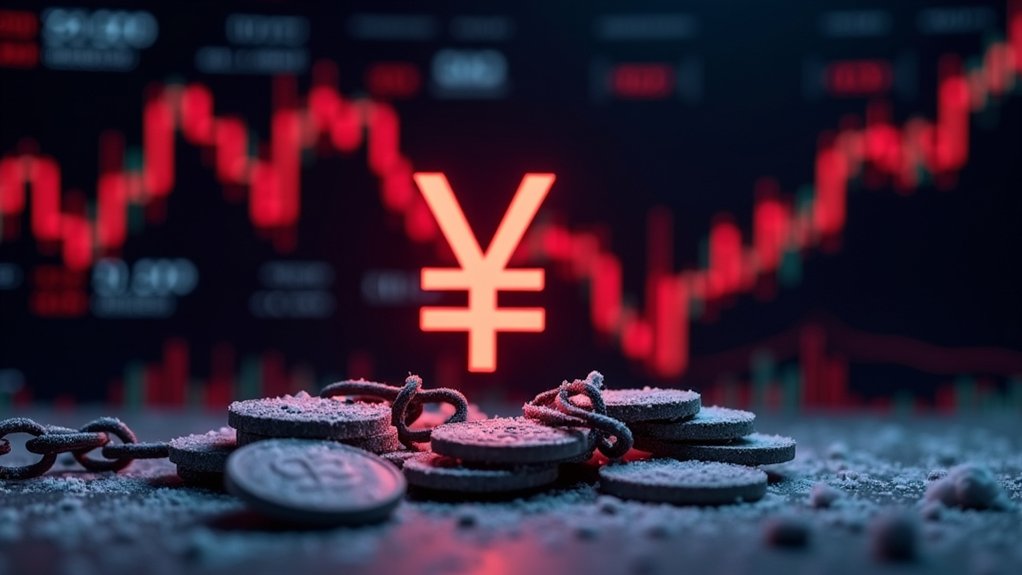Several major changes are unfolding as Elon Musk takes on his new role as co-lead of the Department of Government Efficiency (DOGE). President-Elect Trump appointed Musk to oversee the modernization of federal software and technology systems. The tech entrepreneur is exploring both artificial intelligence and blockchain solutions to transform how the government manages its operations. The department is expected to present its spending cuts recommendations by July 4, 2026.
Public opinion remains heavily split over the new department’s potential effectiveness, with many expressing divided public views on the integration of advanced technologies in government operations.
One of Musk’s key initiatives involves creating AI coding agents to automate various government processes. These changes are already affecting the Treasury Department‘s payment systems and the way sensitive data, including government contracts, is managed. The smart contracts will automatically execute transactions between government entities without intermediaries. The Education Department is now feeding data into AI systems for analysis, while AI solutions are rapidly taking over offices that handle payments, human resources, and information technology.
The blockchain component of Musk’s strategy focuses on monitoring federal spending and potentially creating a national digital asset stockpile. His team is meeting with public blockchain representatives to evaluate the technology’s potential for managing government buildings and securing sensitive data.
Interestingly, Musk’s appointment to DOGE coincides with his ongoing involvement with the cryptocurrency Dogecoin. He recently made headlines by temporarily changing Twitter’s logo to Dogecoin’s Shiba Inu dog image. While he’s expressed fondness for the cryptocurrency, calling it his favorite, he’s also warned against investing life savings in it. Currently, Dogecoin trades at around 7 cents, showing a 9% decline over the past month. Musk faces a $258 billion lawsuit for alleged Dogecoin price manipulation.
The implementation of these technological changes represents a significant shift in how the federal government operates. By combining AI and blockchain technologies, Musk aims to increase efficiency and productivity across federal agencies.
These changes could potentially revolutionize how the government handles everything from routine paperwork to complex financial transactions, marking a new era in federal administration.





